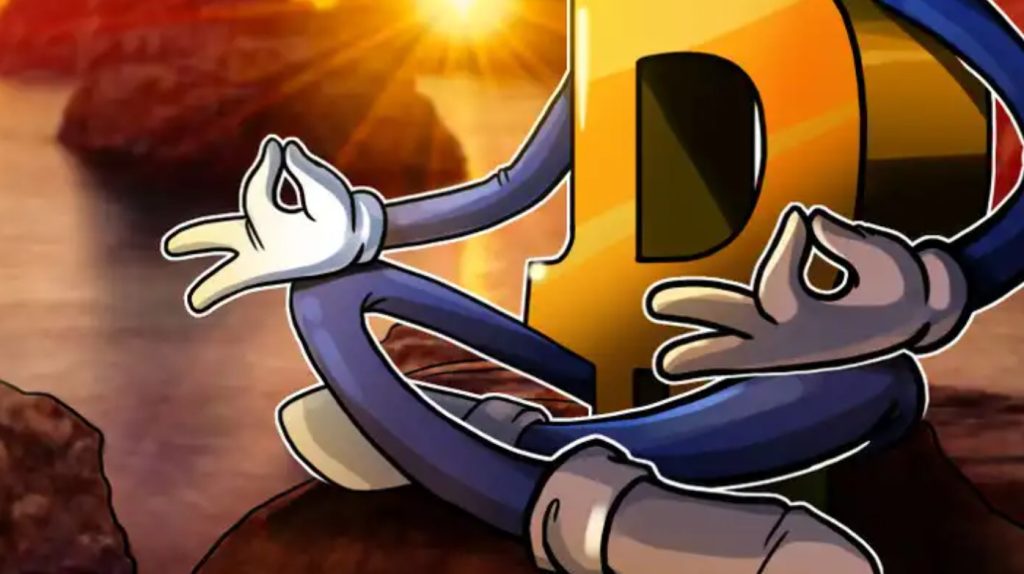
Selecting a timeframe for technical analysis is always a tricky topic, but usually, the longer the trend, the higher the odds it shall prevail. For example, those analyzing the 3-day Bitcoin (BTC) chart will unarguably identify an ascending channel pattern that initiated in late June.

Bears will also always find ways to justify their views despite the fact that Bitcoin has hit new all-time highs following the United States consumer price surge to 6.2%, which is the biggest inflation surge in 30 years.
However, data from on-chain analytics firm Glassnode shows that long-term investors have stopped net accumulating and are now diversifying into altcoins. According to analyst Willian Clemente, the recent net selling from that class of investors was the first in 6 months, signaling a “sell into strength” move.
It is worth highlighting that the Bitcoin network was upgraded on Nov. 14 to improve the scripting and privacy capabilities. From a trading perspective, this creates a potential “sell the news” event as the improvement was largely expected by the community.
Data shows pro traders are neutral-to-bullish
To understand how bullish or bearish professional traders are leaning, one should analyze the futures basis rate. This indicator is frequently referred to as the futures premium and it measures the difference between longer-term futures contracts and the current spot market levels.
A 5% to 15% annualized premium is expected in healthy markets which is a situation known as contango. This price difference is caused by sellers demanding more money to withhold settlement longer.

Notice the spike to 20% on Nov. 9, as Bitcoin accumulated 14% gains in 3 days. This brief period of excessive optimism retracted as BTC corrected 9% after the $69,100 all-time high on Nov. 10.
Currently, the basis indicator stands at a healthy 12%, signaling confidence from these traders.
Options traders are not as bullish
To exclude externalities specific to the futures instrument, one should also analyze options markets.
The 25% delta skew compares similar call (buy) and put (sell) options. The metric will turn positive when fear is prevalent because the protective put options premium is higher than similar risk call options.
The opposite holds when greed is the prevalent mood, causing the 25% delta skew indicator to shift to the negative area.

A skew indicator between -8% (greed) and +8% (fear) is considered neutral. Sept. 29 was the last time that indicator moved outside this range, reaching +10%. Curiously, that same day marked the end of a 23-day bear movement that took Bitcoin from $52,700 on Sept. 6 to $41,000.
As for the current neutral 25% delta skew, it might be interpreted as a “glass half full” because pro traders are somehow unfazed by the 95% gains year-to-date.
Data shows there is room for additional leverage from Bitcoin buyers, which ideally would see the price continue to trade within the ascending channel that was initiated in late June.





























